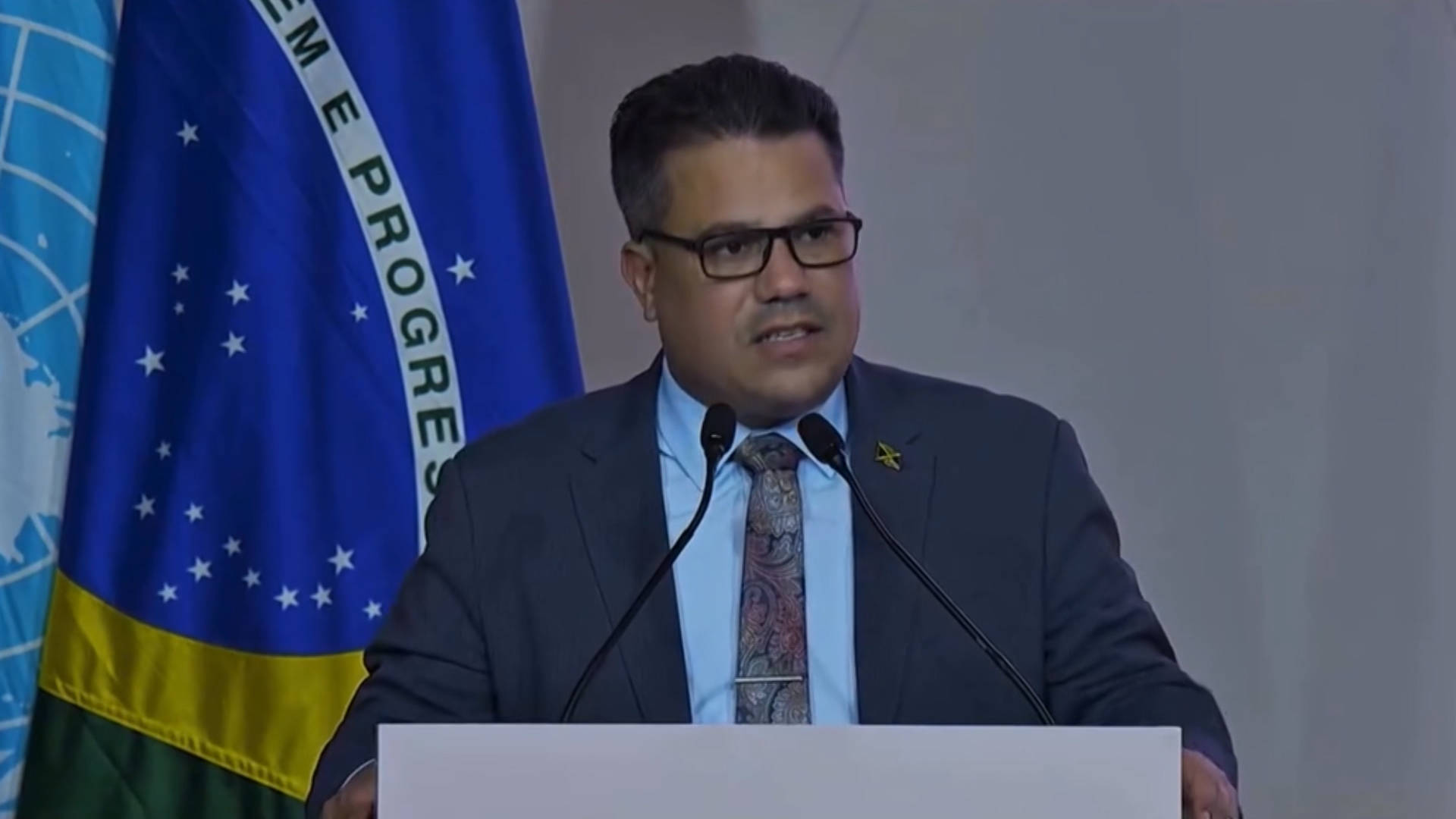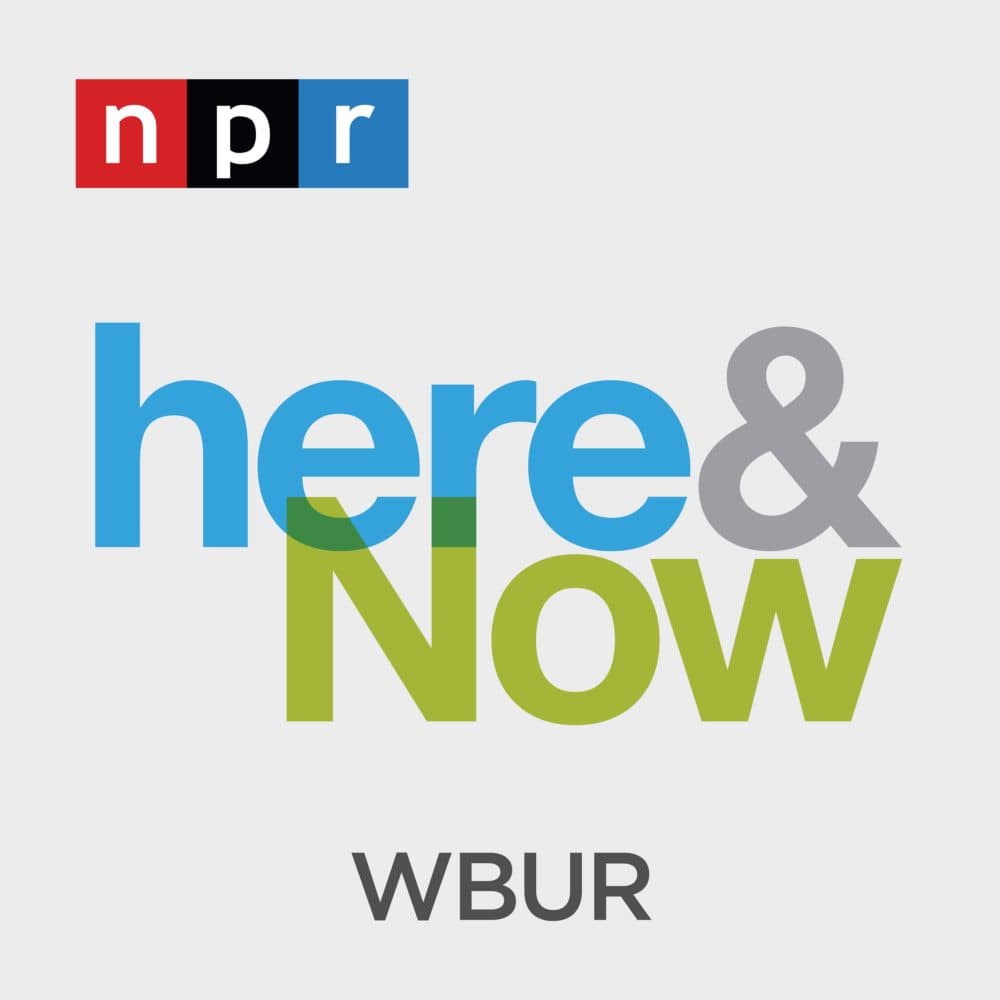Brookings Health System invested $7.4 million in community benefits in 2024 – Brookings Register

Brookings Health System’s 2024 Community Benefit Report: An Analysis of Contributions to Sustainable Development Goals
Executive Summary
In 2024, Brookings Health System invested $7.4 million in community benefits, directly aligning with several United Nations Sustainable Development Goals (SDGs). This investment underscores a commitment to enhancing community health, reducing inequality, and fostering economic growth. The report details financial assistance programs, subsidized health services, and the system’s significant economic impact, reflecting a comprehensive approach to sustainable development.
Alignment with SDG 3: Good Health and Well-being
The core of the report highlights the system’s direct contributions to ensuring healthy lives and promoting well-being for all ages. A total of $6.1 million was allocated to patient care and services, addressing the increasing healthcare demands of the community, particularly for an aging population and individuals with complex medical conditions.
Post-Pandemic Service Utilization Increases (Since 2019):
- Inpatient Care Unit Patient Days: Increased by 42.7%, reflecting a higher patient acuity.
- Imaging Procedures: Increased by 38.6% due to expanded local service offerings.
- Surgical Procedures: Increased by 35% following investments in procedural capabilities.
- Home Health Visits: Increased by 31.2%, serving the needs of older adults living independently.
- Emergency Department Visits: Increased by 21.6%.
- Ambulance Runs: Increased by 15.2%.
Contributions to SDG 1 (No Poverty) and SDG 10 (Reduced Inequalities)
Brookings Health System has demonstrated a strong commitment to reducing financial barriers to healthcare, a key component of poverty reduction and ensuring equitable access. The financial allocations directly support vulnerable populations and mitigate the economic burden of medical care.
Financial Investment Breakdown:
- Medicaid, Medicare, and Medicare Advantage Shortfall Coverage: $3.7 million was invested to cover the reimbursement gap, ensuring continuous care for beneficiaries of these programs.
- Services for Indigent and Vulnerable Populations: $1.4 million was dedicated to providing essential health services to the community’s most vulnerable members.
- Direct Financial Assistance: Over $1 million in aid was provided to 656 community members who were unable to afford their medical expenses, preventing medical debt and its contribution to poverty.
Impact on SDG 8: Decent Work and Economic Growth
The report quantifies the health system’s role as a major economic driver in the Brookings region, contributing to sustained, inclusive economic growth and productive employment.
Economic and Workforce Highlights:
- Direct Employment: The system directly employed 553 individuals.
- Indirect Job Creation: An additional 441 jobs in the community are supported through the system’s economic ripple effect.
- Economic Generation: Brookings Health generated $56 million for the regional economy in 2024 through wealth and job creation.
Analysis of Sustainable Development Goals in the Article
1. Which SDGs are addressed or connected to the issues highlighted in the article?
-
SDG 3: Good Health and Well-being
The entire article focuses on the activities of a health system, its investments in community health, and the provision of medical services. It directly addresses the goal of ensuring healthy lives and promoting well-being for all by detailing financial assistance for medical bills, covering healthcare shortfalls, and expanding medical services like home health, inpatient care, and surgeries.
-
SDG 1: No Poverty
The article connects to this goal by highlighting efforts to mitigate the financial burdens of healthcare, which can be a major cause of poverty. By providing “$1 million in financial assistance to help 656 community members who could not afford their medical bills” and another “$1.4 million towards additional services for the indigent and vulnerable,” the health system is implementing a form of social protection to prevent individuals from falling into poverty due to health crises.
-
SDG 8: Decent Work and Economic Growth
This SDG is addressed through the health system’s role as a major economic contributor and employer in the community. The article states that “553 people were directly employed by Brookings Health System and another 441 additional jobs in the community are supported.” Furthermore, it highlights that the system “generated $56 million in 2024 alone to the Brookings regional economy,” directly contributing to local economic growth.
2. What specific targets under those SDGs can be identified based on the article’s content?
-
Target 3.8: Achieve universal health coverage, including financial risk protection, access to quality essential health-care services…
This target is central to the article. The health system’s provision of “$1 million in financial assistance” directly addresses “financial risk protection.” The expansion of services, leading to a “35% increase in surgeries and a 38.6% increase in imaging procedures,” demonstrates an increased “access to quality essential health-care services” for the local community.
-
Target 1.3: Implement nationally appropriate social protection systems and measures for all… and achieve substantial coverage of the poor and the vulnerable.
The financial assistance programs described in the article function as a community-level social protection measure. The “$1.4 million went towards additional services for the indigent and vulnerable,” which directly aligns with the goal of achieving coverage for vulnerable populations and protecting them from financial shocks related to healthcare costs.
-
Target 8.5: By 2030, achieve full and productive employment and decent work for all…
The article’s mention of the health system’s workforce directly relates to this target. By stating that it “directly employed” 553 people and supported another 441 jobs, it provides concrete evidence of its contribution to local employment.
3. Are there any indicators mentioned or implied in the article that can be used to measure progress towards the identified targets?
-
Indicators for Target 3.8 (Universal Health Coverage)
The article provides specific data points that can serve as indicators for measuring progress towards financial risk protection and access to services.
- Number of people receiving financial assistance for medical bills: The report explicitly states “656 community members” were helped, which measures the reach of financial protection efforts.
- Amount of financial assistance provided: The “$1 million provided” is a direct measure of the financial investment in reducing the burden of healthcare costs.
- Percentage increase in service utilization: The statistics on increased usage, such as a “31.2% increase in [home health] visits” and a “35% increase in surgeries,” serve as indicators of increased access to and provision of essential health services.
-
Indicators for Target 1.3 (Social Protection)
The data on support for vulnerable populations can be used as indicators for social protection coverage.
- Financial investment in services for the vulnerable: The “$1.4 million went towards additional services for the indigent and vulnerable,” quantifying the resources allocated to this social protection measure.
-
Indicators for Target 8.5 (Employment)
The article provides direct quantitative indicators related to employment.
- Number of direct jobs created: “553 people were directly employed by Brookings Health System.”
- Number of indirect jobs supported: “another 441 additional jobs in the community are supported by Brookings Health’s presence.”
- Total economic contribution: The “$56 million” generated for the regional economy is an indicator of the system’s overall impact on economic growth and wealth creation, which underpins job creation.
Summary of SDGs, Targets, and Indicators
| SDGs | Targets | Indicators |
|---|---|---|
| SDG 3: Good Health and Well-being | Target 3.8: Achieve universal health coverage, including financial risk protection and access to quality essential health-care services. |
|
| SDG 1: No Poverty | Target 1.3: Implement social protection systems and measures for the poor and the vulnerable. |
|
| SDG 8: Decent Work and Economic Growth | Target 8.5: Achieve full and productive employment and decent work for all. |
|
Source: brookingsregister.com
What is Your Reaction?
 Like
0
Like
0
 Dislike
0
Dislike
0
 Love
0
Love
0
 Funny
0
Funny
0
 Angry
0
Angry
0
 Sad
0
Sad
0
 Wow
0
Wow
0















































































